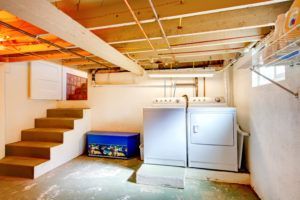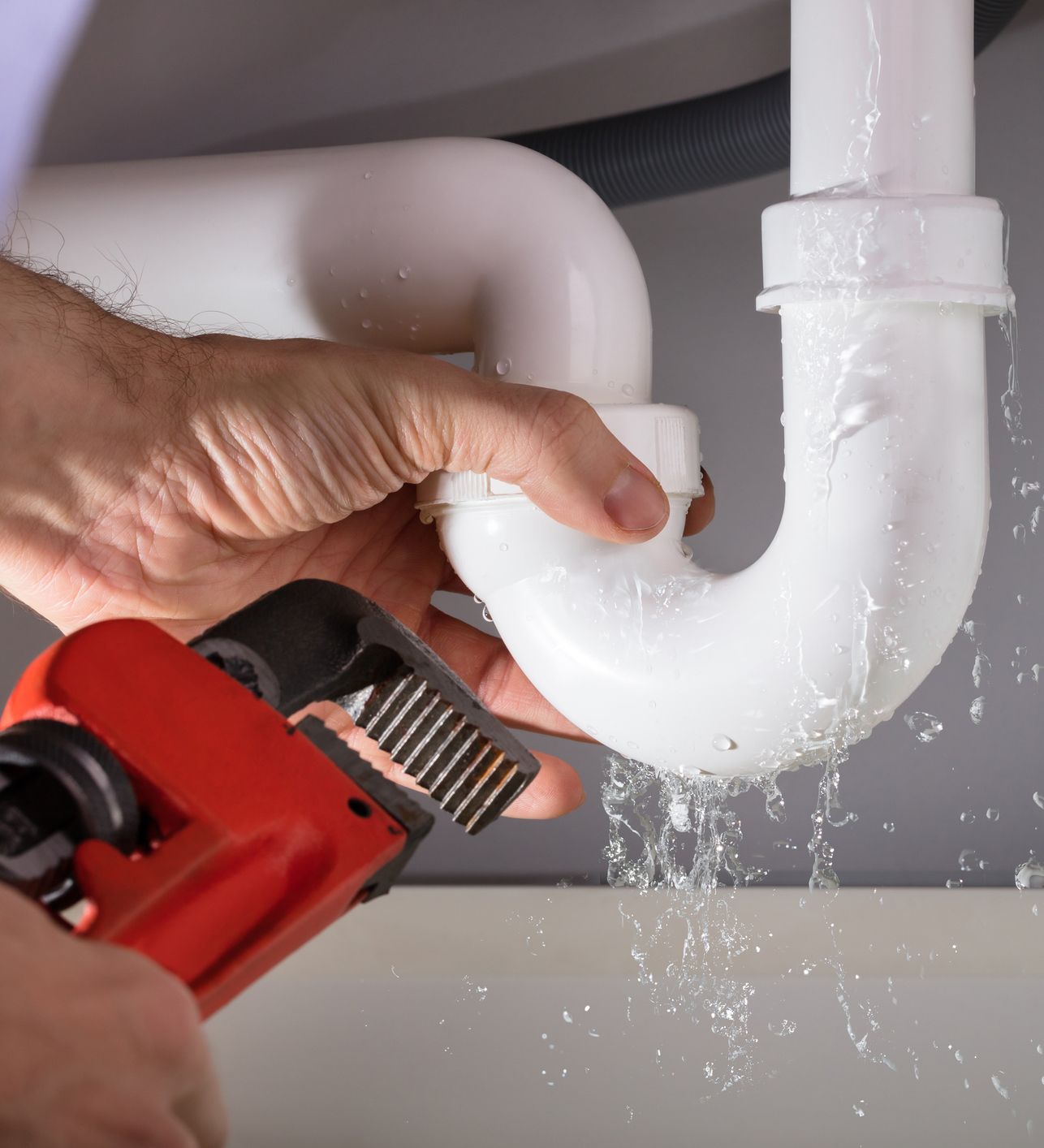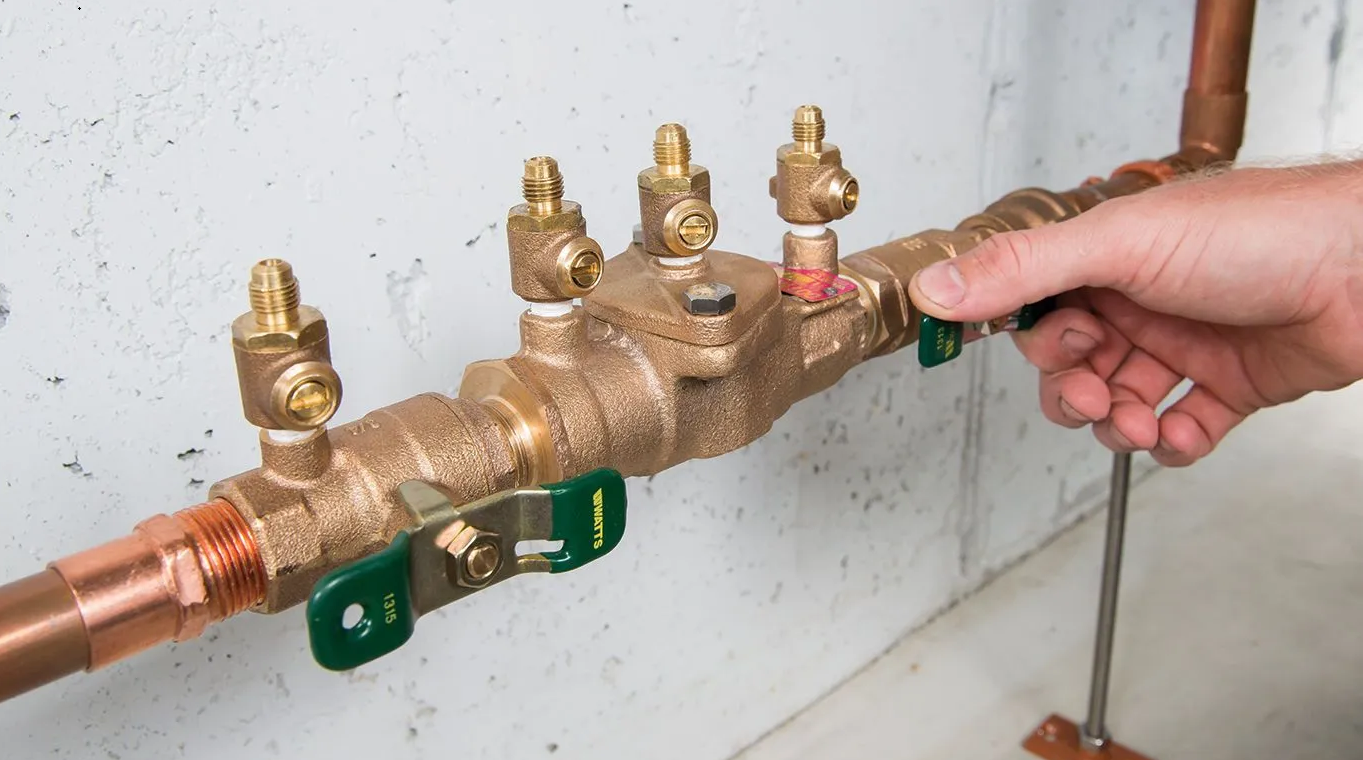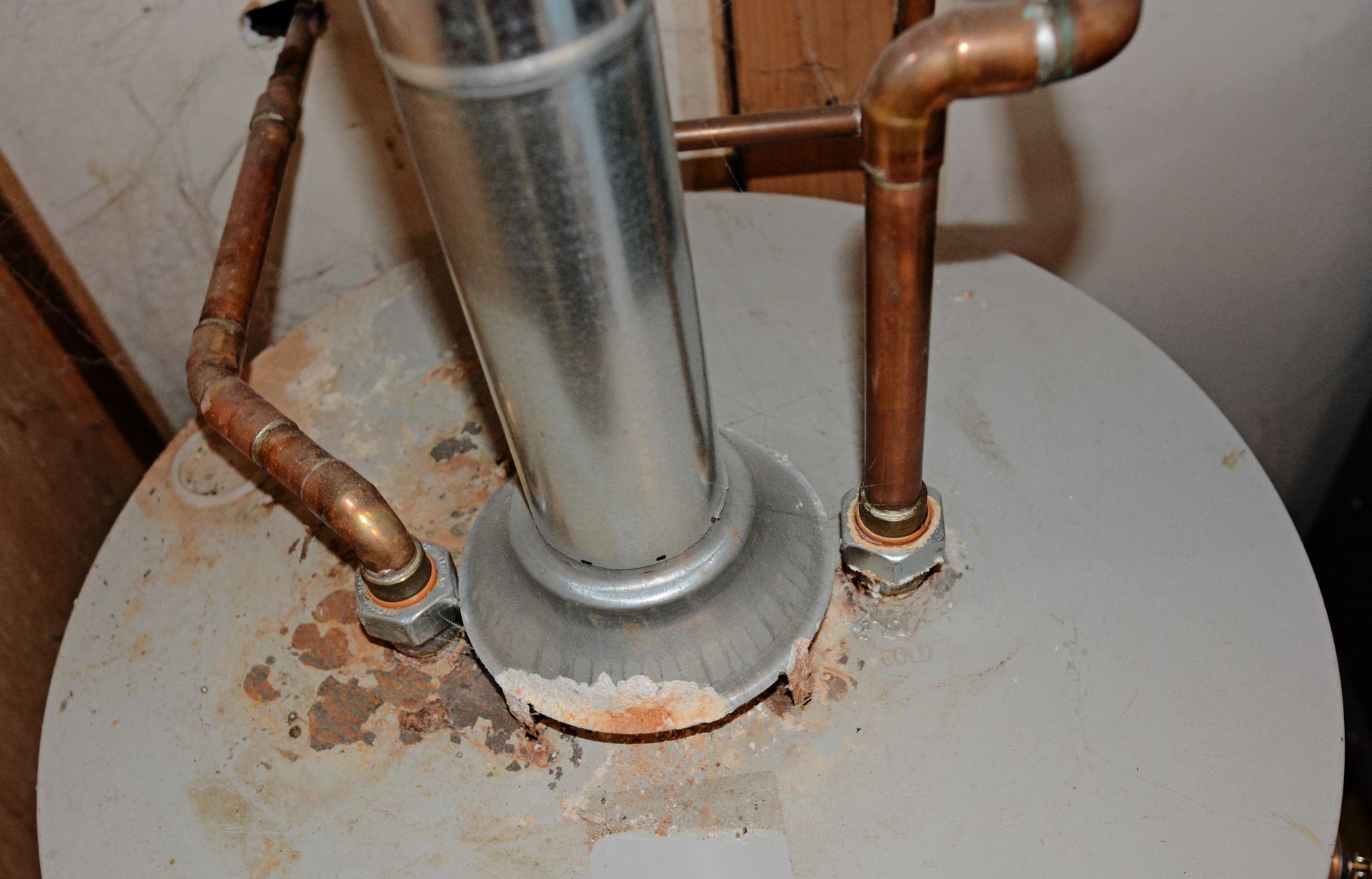3 Tips to Keep Your Ejector Pump in Good Shape
Do you have basement or first-floor plumbing fixtures that are located below the street sewer drains? If so, it’s likely that you have an ejector pump on the lower level of your residence. Ejector pumps can cause problems including home flooding. Here are three ways to keep your ejector pump working properly this spring.

Ensure the Pump Setup Is Adequate
Your sewage ejector pump is designed to lift wastewater up to the level of your main sewer drain. When the ejector pump works properly, the device pumps water out of a drainage basin (called an ejector pit or sump basin) until the basin is almost empty, then turns off until the drainage basin fills again with wastewater.
Your ejector pump may have issues when:
- The sump basin is too large or too small.
- The ejector pump is not powerful enough.
- There’s no check valve on drainage lines.
- The ejector pump is tilted.
- The float valve or sensors are set incorrectly.
- The drainage lines are clogged.
- The drain lines are too large or too small.
Ejector pumps require a vent that runs from the ejector pit to a separate or main-stack plumbing vent. If the vent becomes clogged with debris from either end, gasses won’t escape the system and your home may develop an odor. The ejector-pump vent also equalizes pressure in the basin to keep the drainage water flowing in the right direction.
The ejector pit should be sealed with a removable cover. The cover helps maintain pressure in the basin, keeps debris and pests out of the ejector basin, and reduces odors near the ejector pump.
Inspect the Ejector Pump Periodically
Your plumber will look directly above the level of the pump for a small vent hole between 3/16-inch and 3/8-inch in diameter. If water isn’t trickling from the vent hole, they will unplug the pump and clear the blockage to open the vent.
Your plumber might also inspect the pump fittings and components for corrosion and wet spots where there may be leaks. They’ll also check the integrity of any drain pipe-straps or fasteners.
If the pump hasn’t been used for a while, a plumber can test the function of the ejector pump by pouring three to four gallons of water into the empty ejector basin. The pump should operate smoothly and stop when the basin is empty. The final step your plumber will do is cover the ejector basin and refasten the screws after inspecting your pump.
Be Careful What You Put Down the Drains
One of the most catastrophic plumbing failures happens when an ejector pump or its drainage lines become clogged with debris. If the pump can’t push water up and into the sewer lines, the waste water flows back into your home. Your basement or lower level can quickly be soaked with raw sewage and other waste materials.
There are two key ways to avoid an ejector-pump-backup incident. First, hire a plumber to inspect the ejector pump system for you. Second, watch what you pour down your sink, tub, laundry, shower, and toilet drains. No matter which plumbing fixtures you use, avoid pouring fats, grease, and oils into the drains.
Greasy materials including foods will clog your waste-water lines and collect more debris which sticks to the sides of the gooey clog. A large grease ball can lead to a huge mass that blocks drainage lines.
Never flush or pour the following items down your drains:
- Meat fats
- Oil, lard, or shortening
- Butter or margarine
- Baked items
- Sauces and salad dressings
- Dairy items like milk and cheese
Use a garbage disposal to grind up foods into minute particles. If you don’t have a garbage disposal, throw food scraps in the trash or use peelings and cores in your compost bin.
Avoid flushing or washing the following items down the drain if you want to prevent an ejector-pump clog or failure for non-grease-related reasons:
- Feminine hygiene products
- Paper towels or baby wipes
- Coffee grounds
- Cat litter (even the flushable kind)
- Egg shells
- Automotive fluids
- Paint or epoxy
- Price stickers or paper
- Solvent-type, caustic, or acidic fluids
Never pour flammable liquids including lamp oil, paint thinner, or stove fuel down the drain. Keep items like rags and socks from accidentally flowing down the drains.
If you’re having drainage or other issues with your ejector pump in the Greater Chicago area, contact Jim Dhamer Plumbing and Sewer, Inc., today. Schedule a springtime inspection of your ejector pump and sump pump systems in Lisle, Naperville, Aurora and the surrounding Illinois regions. We’ve got the tools and expertise to repair or replace your ejector pump just in time for the great spring thaw.
The post 3 Tips to Keep Your Ejector Pump in Good Shape appeared first on .
Leave A Reply
More Posts









